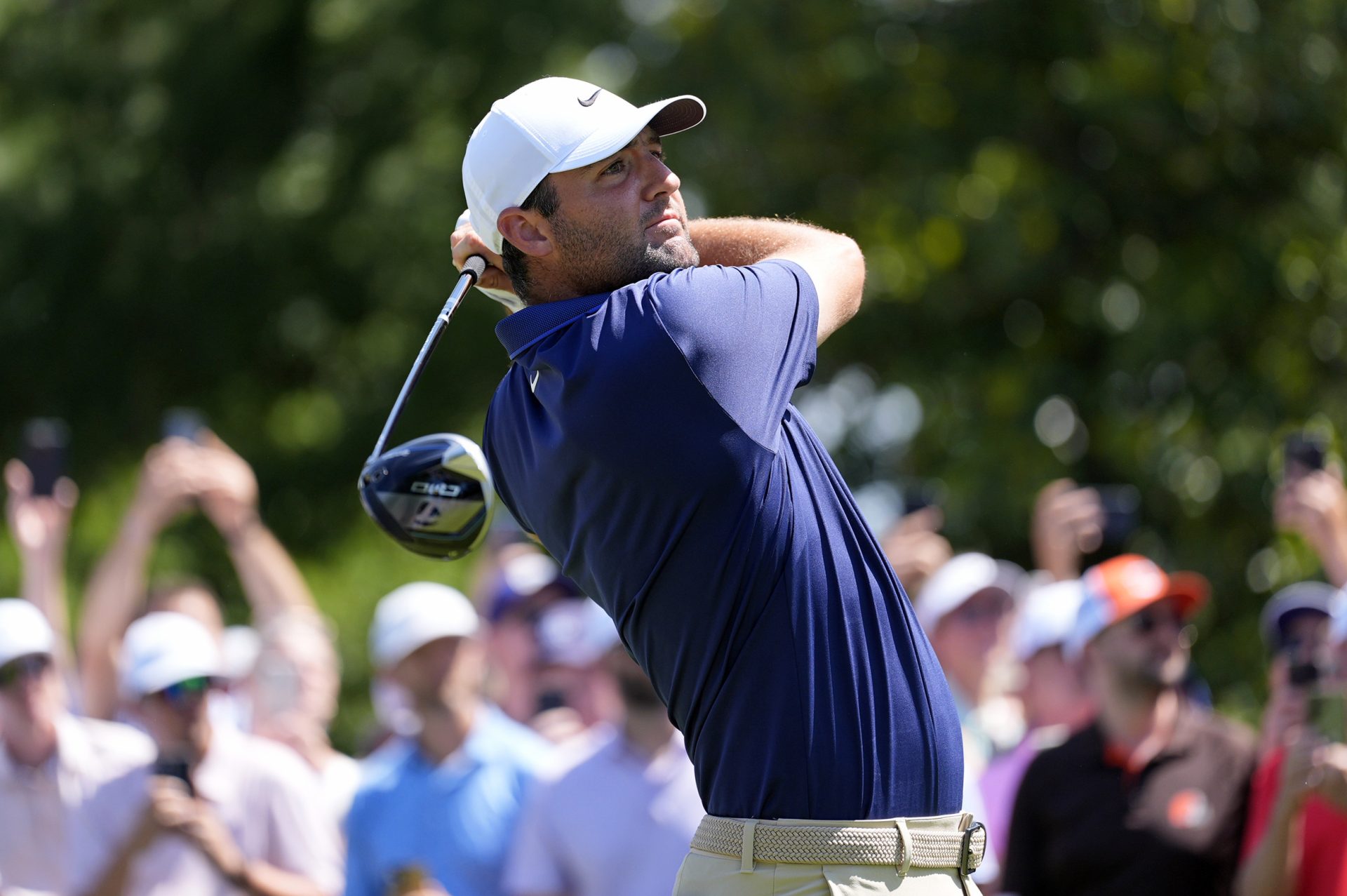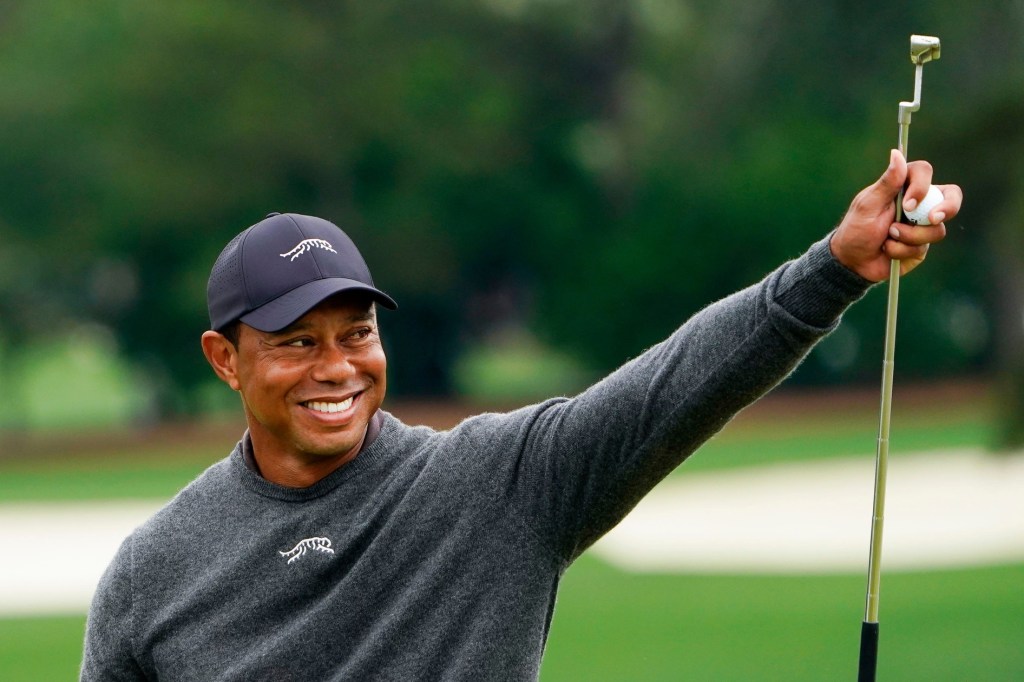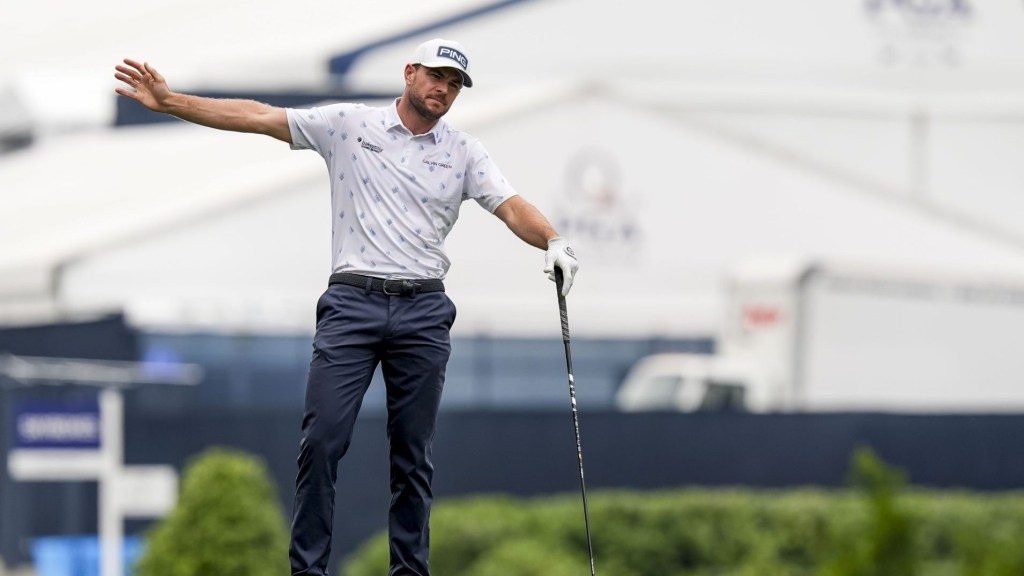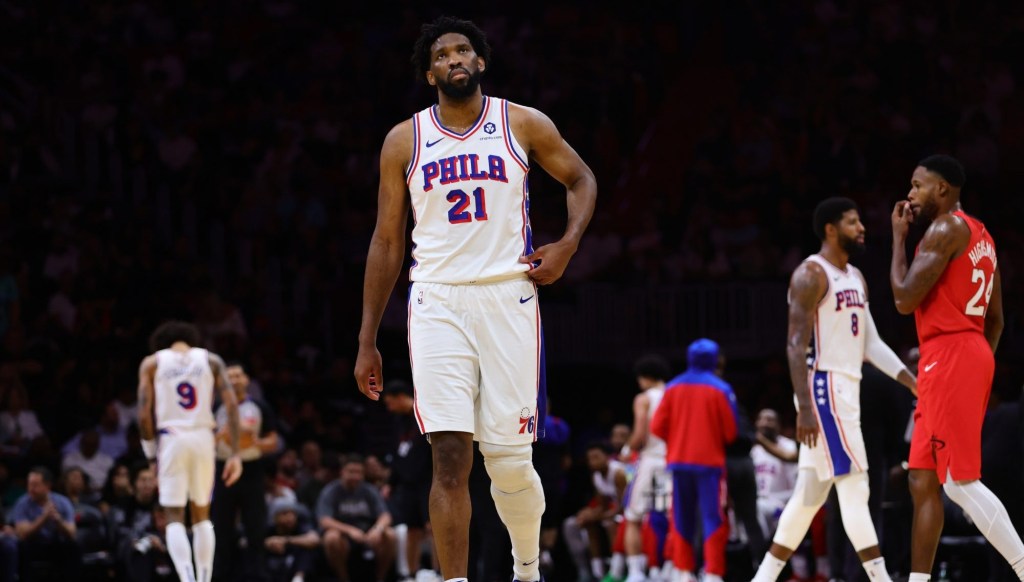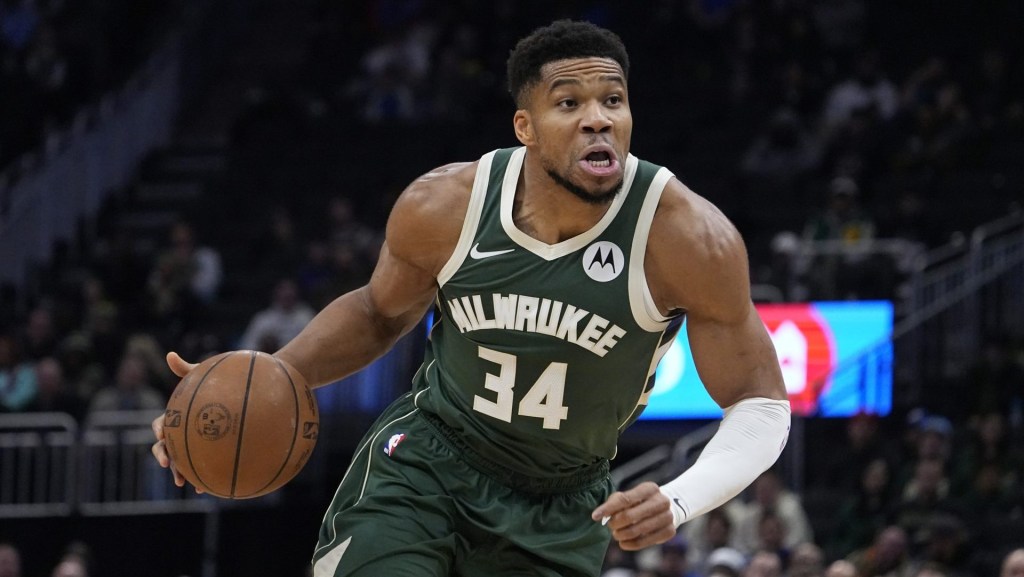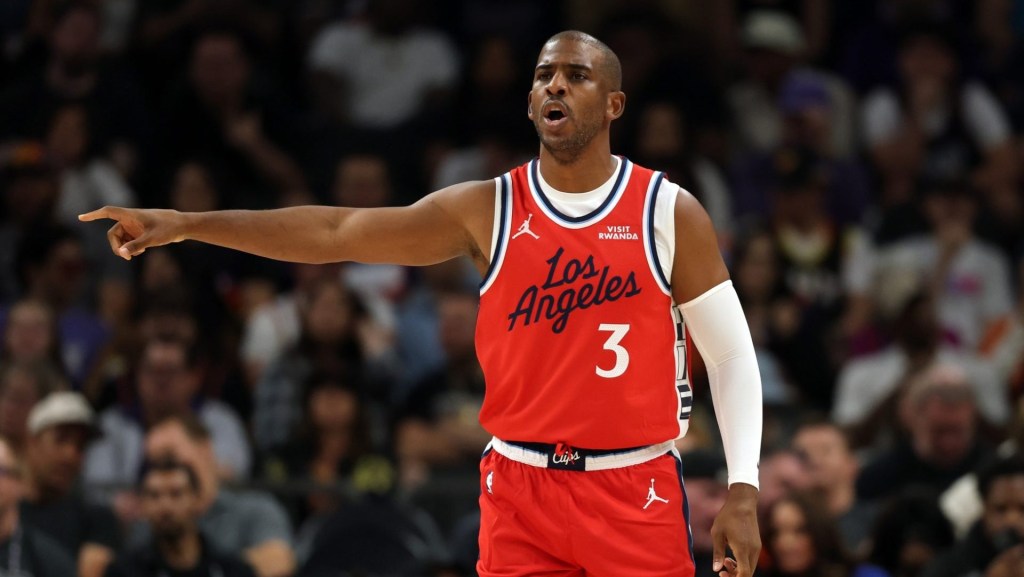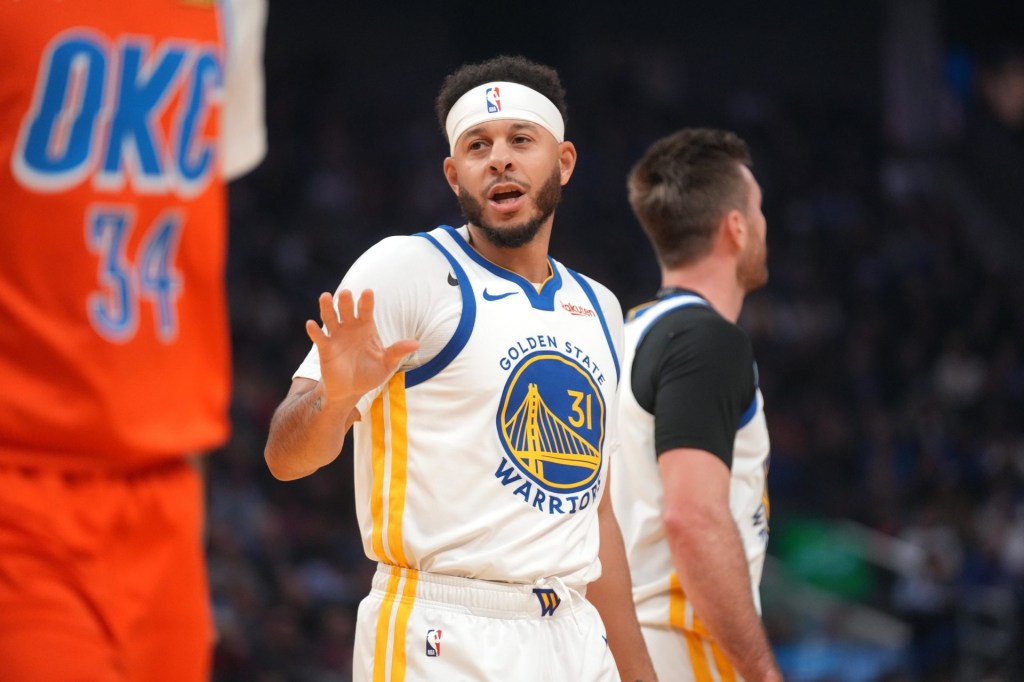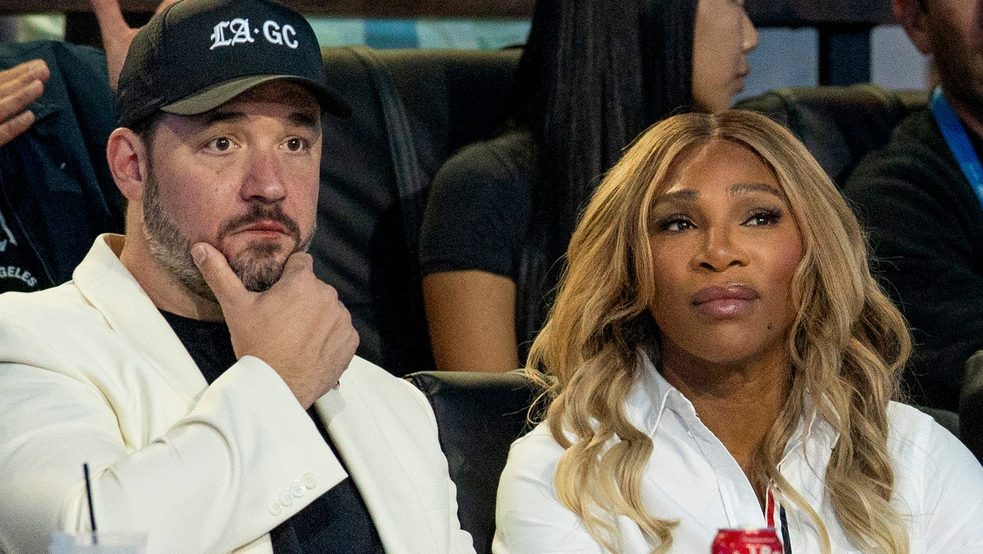The PGA Tour remains the gold standard of professional golf. Even though it’s faced plenty of controversy and change in recent years, largely brought on by insurgent competitor LIV Golf, the PGA Tour and its stars like 2025 Masters champion Rory McIlroy remain at the center of the golf universe.
Want to know how to become a professional golfer on the PGA Tour? Here’s what you need to know about the pathway, skills, experiences, and resources needed to compete at golf’s highest level.
Path to Becoming a PGA Tour Professional
Like all elite athletes, PGA Tour golfers usually start their journeys at very young ages. Rory McIlroy famously hit golf balls into a washing machine on a local TV program as a young child in the 1990s, while Scottie Scheffler started with plastic clubs and ping-pong balls before graduating to snow-covered driving ranges in the winters of his native New Jersey.
Usually, golfers with serious PGA Tour ambitions have already had years of coaching, youth program participation and tournament experience by the time they head into high school. Often, those golfers in the U.S. will then go on to continue playing collegiately at a major Division I golf program (Scheffler is a graduate of the University of Texas, for instance).
At this point, golfers have a variety of avenues available to earning a PGA Tour card. The most common one is through the PGA Tour qualifying tournament, better known as “Q-School.” The multi-stage tournament attracts amateur golfers from around the country and awards the top five finishers PGA Tour cards as well as qualification to the second-tier Korn Ferry Tour for the next 40 finishers, with ties being included in both groups. There are also conditional qualifications to the Korn Ferry Tour offered to the rest of the golfers who reach the final stage of Q-School.
The top 30 finishers in the Korn Ferry Tour each season automatically earn PGA Tour cards for the following year.
Other Pathways
There are several other pathways by which top amateur golfers earn their PGA Tour cards. The following are the most common:
- PGA Tour University Program: This program is specifically designed, as the PGA Tour puts it, “to bridge the gap between collegiate and professional golf.” Through this program, the No. 1 golfer in the PGA Tour University rankings after every NCAA Division I men’s golf national championship automatically gets a PGA Tour card. The PGA Tour also offers Korn Ferry and later-stage Q-School qualifications for the rest of the top 25 golfers in the rankings, depending on where they finish.
- Leveraging sponsor exemptions: The PGA Tour allows sponsors of certain events to allow a limited number of non-qualified players into that event. Those players can then earn enough FedEx Cup points across one or (usually) multiple tournaments to qualify for full PGA Tour card membership. Golf Monthly points out this is the pathway that several major golfers such as Jon Rahm and Collin Morikawa used to go from No. 1 in the World Amateur Golf Rankings to turning professional and earning their PGA Tour cards due to their high finishes in multiple PGA Tour events.
- Winning a major: It may be rare for someone who has yet to qualify for the PGA Tour to win a major outright, but it does happen, and a PGA Tour card is one of the many benefits those winners get to enjoy. Golf Monthly cites 2017 Masters champion Danny Willett as such an example.
- Winning a PGA Tour event: Many individual PGA Tour events run “Monday qualifiers,” where entrants without a PGA Tour card or other means of qualification can qualify for that weekend’s event via a single-day tournament on the course. Golf Monthly cites Corey Conners as an example of this feat. The Canada native used a Monday qualifier to earn entry into the Valero Texas Open, then won the event, earning his PGA Tour card for the rest of that season.
There are many other ways to qualify for PGA Tour events and thus earn your PGA Tour card as well, as laid out by the PGA Tour.
And remember—despite being a notable major, the PGA Championship is run by the PGA of America, not the PGA Tour, which is a separate entity. The PGA of America is the organization by which PGA professionals, like the ones at your local golf course, are certified.
In fact, the top 20 finishers in the PGA of America’s annual PGA Professional Championship get to play in the PGA Championship itself weeks later—and could theoretically earn a PGA Tour card by winning that event.
Skills Needed
High-stakes golf requires plenty of mental fitness in addition to physical fitness due to the amount of pressure golfers are under—just look at how Rory McIlroy, one of the PGA Tour’s current faces, reacted to winning The Masters in 2025 after a dramatic final round.
Here are some key skills that are must-haves for PGA Tour professionals:
- Intense practice regimen: In a game as unpredictable as golf, PGA Tour professionals must remove as many variables as they can. This means endlessly practicing a smooth, consistent swing with every single one of their clubs until they can practically perform those swings in their sleep.
- Physical fitness: Not only are golfers and their caddies walking several miles during each round when they play a PGA Tour event, but they also need to maintain the perfect blend of strength and mobility. This is especially true when it comes to arm strength and hip mobility in order to find their optimal swing.
- Mental endurance: Golf can be as isolating and unpredictable as any sport in existence. That means elite mental fitness is often required in order for PGA Tour professionals to keep their wits about them when things don’t go as planned on the course.
- Financial resources: Especially in early development, golf can quickly become a very expensive sport. In addition to the equipment expenses incurred by clubs, bags, and balls, there are often added fees in order to access courses in order to practice, not to mention hiring specialized coaches. It’s why many top PGA Tour professionals, such as Rory McIlroy and Tony Finau, often speak about the sacrifices their parents made during their adolescence to further their golf development.
Salary Expectations
A PGA Tour professional’s total salary is ultimately tied to the success that golfer has across the tour’s various events. According to Golf Monthly, the average prize money earnings of a PGA Tour golfer in 2021-2022 was $1.6 million, with Scottie Scheffler leading the way at over $14 million. Golfers earn a base sum of $500,000 and then start adding onto their earnings when prize money exceeds that amount.
Scheffler is one of just three current PGA Tour players with career earnings of over $100 million, joining Tiger Woods and Rory McIlroy.
Related: The 25 Highest-Paid Professional Golfers
Job Outlook for PGA Tour Professionals
The PGA Tour is extremely competitive, reserved for those who earn spots into, as the Tour calls itself, “the premier meritocracy in professional sports.”
There are usually somewhere between 120-150 active, card-holding PGA Tour professionals at any given time. But that number can often fluctuate from year to year due to performance, not to mention the many high-profile departures to LIV Golf in recent years.
Want more of the latest news surrounding the business of the PGA Tour, along with every other major sports league? Be sure to sign up for our flagship newsletter, “The Memo” for more great content, special access, and insight.
